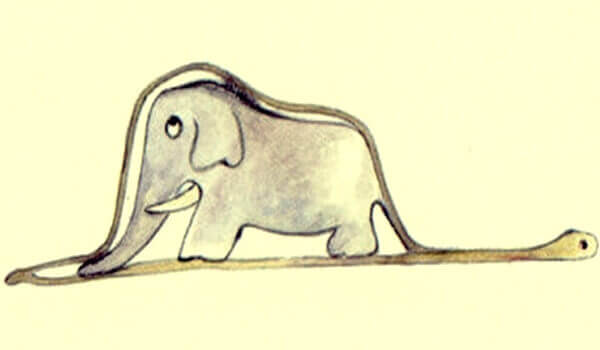Divergent or lateral thinking is characterized by the generation of multiple and creative solutions to the same problem, it is a spontaneous, fluid and nonlinear mental perspective, based on curiosity and also on non-compliance, in fact, it is also a very common type of thinking in children, characterized by joy, imagination and freshness that gives more freedom to children’s arguments.
Divergent thinking is on the rise. In a society accustomed to offering similar skills, there comes a time when companies begin to value other competencies, other dimensions that add curiosity, vitality and authentic human capital to their projects, so a person capable of offering innovation, creativity and new goals can become an excellent candidate for many of these organizational projects.
- However.
- There is something we have to admit.
- Our schools.
- Institutes and universities continue to favor a clearly convergent reflection on their methodology.
- In the 1960s J.
- P.
- Guilford differentiates and defines convergent and divergent thinking.
“Creativity is intelligence that has fun. ” -Albert Einstein-
While he himself has emphasized the importance of training children in the latter type of mental perspective, educational institutions do not pay much attention to it and, in general, have prioritized a type of reflection (or rather their absence) where the student must apply a linear line. thought and a series of structured rules and processes to come up with a single solution: one that evaluates to be correct.
While it is true that on many occasions this strategy is useful and necessary, we need to admit that real life is complex, dynamic and inaccurate enough to believe that our problems have only one solution. Therefore, we need to develop a genuine divergent thinking.
Therefore, there are many schools that encourage their students not to simply find the right answer, the goal is that they are able to create and propose new questions.
Before proceeding, it would be good to clarify one idea, no thought is better than another. Convergent thinking is useful and necessary on several occasions, however, the real problem is that we were trained to think one way, setting aside (or even completely nullifying) that spontaneity, creativity and captivating freedom.
In many courses designed to empower people in divergent thinking, it is common for students to be asked the following questions:
What could you do with a brick and a pen, what uses do you imagine if you had a toothbrush and a toothpick?
We are aware that initially it may take some time to get an idea, however, there are people who are able to contribute many answers and creative ideas because they have great potential in what Edward de Bono called at the time “lateral thinking” . To better understand how this works, we will now look at what types of psychological processes are responsible for its design.
Divergent thinking is able to find relationships between ideas, concepts and processes that, of course, lack similarity. Creative psychologists say people have different mental networks of associations:
We’ve all heard of the theory that the right hemisphere is the creator and the left hemisphere is logic, so according to this, people who use divergent or lateral thinking will preferably use the right hemisphere, well, you have to be careful with this. a kind of idea of cerebral dominance because, in fact, it offers a great variety.
We can’t see the brain as an entity with defined areas. In fact, when creating an idea, whether creative, conservative, logical or very innovative, we use all that organ. However, the secret is how to relate one idea to another. More creative people use branched thinking, that is, their brain connections are more intense in both hemispheres, and not just in one of them.
Imagination is the beginning of creation. Imagine what you want, pursue what you imagine and finally believe in what you’re chasing. -George Bernard Shaw-
As we have already said, we can all, regardless of our age, form our divergent thinking, so we must focus on four very clear objectives:
Next, we suggest four ways to do this
& Quot; Synthetic & quot; is a term coined by psychologist William J. J. Gordon. Essentially, it means being able to find connections and relationships between apparently unrelated concepts, objects, and ideas. This exercise requires a lot of mental activity and we can do it every day choosing the concepts ourselves. For example:
The Scamper technique is another strategy to develop creative ideas developed by Bob Eberle. It is very useful to create something innovative and to form our thinking. For example, imagine by chance that we should generate an idea for the job. Having this “idea” will go through a series of filters:
In a study by psychologist Nina Lieberman published in the book “Joy: Their Relationship to Imagination and Creativity,” she revealed something very interesting: divergent thinking is combined with joy, optimism and inner well-being. Having good social relationships, enjoying a good rest, and being free from pressure, anxiety and stress optimizes divergent thinking.
It is clear that on some occasions, with our adult duties, our lifestyle so full of pressures and concerns, we neglect most of those aspects that are so valuable, so we could also conclude that this type of thinking was born of a kind of attitude to life, where we can be freer, happier, more inconsequent, open to other experiences.
Let’s cultivate these dynamics. Living well to think better can definitely be a good reason to work every day.

